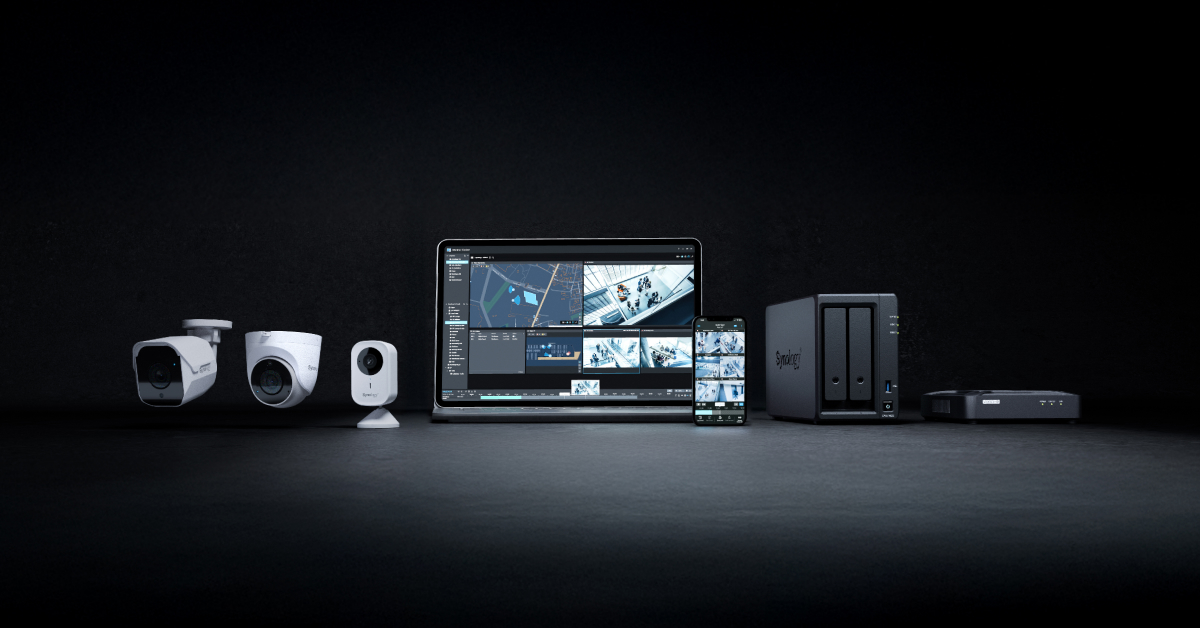Sure, this ought to work.
Finally Completed - New EPYC build & Limit Test - (Extremely Unnecessary Builds)
I estimate (40 * 8.3MP cameras @ 20FPS) using substreams if I did the math would be about 6500 MP/s effective full-rez recorded and another 600MP/s in substreams. With this configuration in testing, I got up to 52 cameras and 7200 MP/s effective running dual-GTX1650 video cards and drawing 200+ watts constantly from the wall.
Of course you could just build multiple little desktop systems for a lot less.
I don't think he's going to want to maintain multiple systems.
Are you off loading computing to the dual GTX1650's ? Can we do that ? Haven't built anything that needed or was able to do so.



